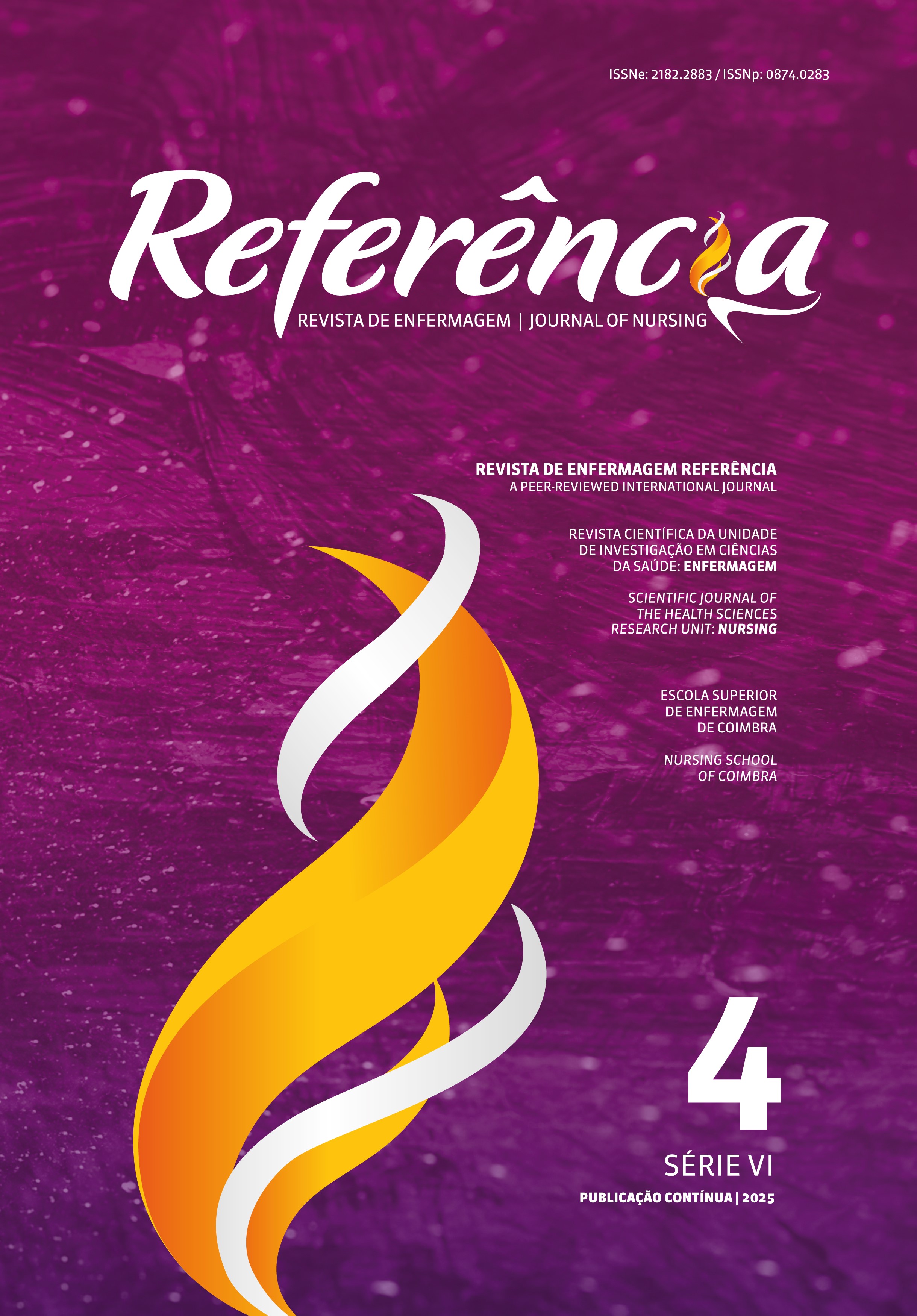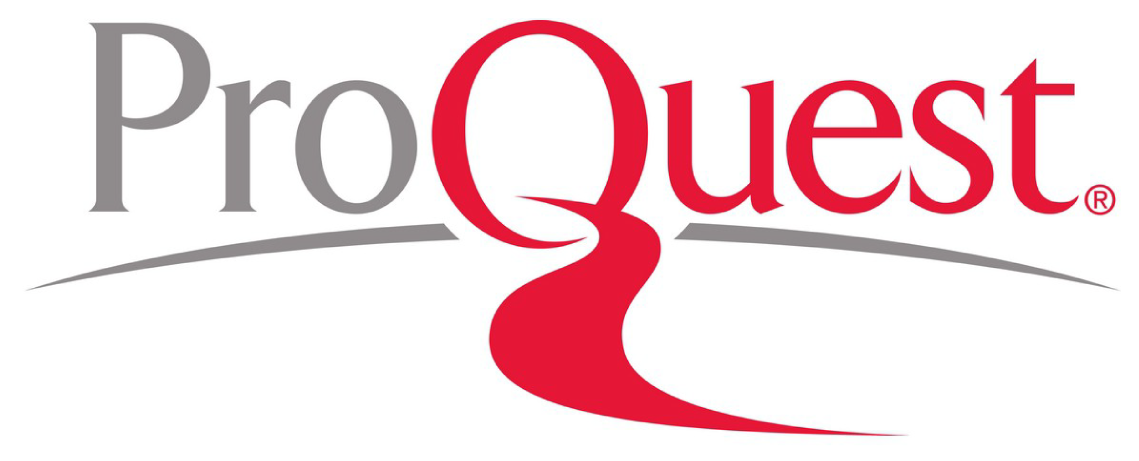Safe cardiovascular care in nursing education: perspective of teachers, students and graduates
DOI:
https://doi.org/10.12707/RV20093Keywords:
cardiovascular nursing, patient safety, education, higher, nursing educationAbstract
Background: Patient safety is essential for the promotion of quality of care, especially when associated with the global and regional epidemiological impact of cardiovascular health, highlighting the need for a clear introduction of the theme in the health curriculum.
Objective: Analyze nursing teaching in the field of safe cardiovascular care.
Methodology: Hermeneutic study carried out in the nursing course of a public university in the interior of Northeastern Brazil with teachers, students, and graduates. Sampling was by convenience. The interviews and focus groups were submitted to thematic categorical analysis with theoretical reference of the Curricular guide of patient safety of the World Health Organization. The final sample was 46 participants.
Results: The categories resulted in the themes: Care is complex and its teaching is fragmented, The lack of specificity in teaching safe cardiovascular care, The recognition of safe cardiovascular care and The challenges of teaching and learning in safe cardiovascular care.
Conclusion: The teaching of safe cardiovascular care proved to be indirect and fragmented by all groups of participants.
Downloads
References
Amorim, C. B., Oliveira, M. F., Barlem, E. L., & Mattos, L. M. (2019). Dificuldades vivenciadas pelos estudantes de enfermagem durante a sua formação. Journal of Nursing and Health, 9(3), e199306. https://doi.org/10.15210/jonah.v9i3.14310
Bohomol, E. (2019). Patient safety education of the graduation in Nursing from the teaching perspective. Escola Anna Nery de Enfermagem, 23(2), e20180364. https://doi.org/10.1590/2177-9465-ean-2018-0364
Brown, A., Nidumolu, A., McConnell, M., Hecker, K., & Grierson, L. (2019). Development and psychometric evaluation of an instrument to measure knowledge, skills, and attitudes towards quality improvement in health professions education: The Beliefs, Attitudes, Skills, and Confidence in Quality Improvement (BASiC-QI) Scale. Perspectives on Medical Education, 8(3), 167–176. https://doi.org/10.1007/s40037-019-0511-8
Fernandes, J. (1998). A construção do currículo em Enfermagem: Concepções educacionais e pedagógicas: Da normatividade à autonomia. Revista de Enfermagem Referência, 0, 33-39. https://rr.esenfc.pt/site/index.php?module=rr&target=publicationDetails&pesquisa=cuidados%20de%20enfermagem&id_artigo=66
Gleason, K. T., Greenberg, P., & Dennison Himmelfarb, C. R. (2019). Nurses are key in preventing deadly diagnostic errors in cardiovascular diseases. The Journal of Cardiovascular Nursing, 34(1), 6–8. https://doi.org/10.1097/JCN.0000000000000542
Guinea, S., Andersen, P., Reid-Searl, K., Levett-Jones, T., Dwyer, T., Heaton, L.,... Bickell, P. (2019) Simulation-based learning for patient safety: The development of the Tag Team Patient Safety Simulation methodology for nursing education. Collegian, 26(3), 392-398. https://doi.org/10.1016/j.colegn.2018.09.008
Gustavsen, P. H., Nielsen, D. G., Paltved, C., Konge, L., & Nayahangan, L. J. (2019). A national needs assessment study to determine procedures for simulation-based training in cardiology in Denmark. Scandinavian Cardiovascular Journal: SCJ, 53(1), 35–41. https://doi.org/10.1080/14017431.2019.1569716
Hessels, A. J., Paliwal, M., Weaver, S. H., Siddiqui, D., & Wurmser, T. A. (2019). Impact of patient safety culture on missed nursing care and adverse patient events. Journal of Nursing Care Quality, 34(4), 287–294. https://doi.org/10.1097/NCQ.0000000000000378
Kirwan, M., Riklikiene, O., Gotlib, J., Fuster, P., & Borta, M. (2019). Regulation and current status of patient safety content in pre-registration nurse education in 27 countries: Findings from the Rationing – Missed nursing care (rancare) project. Nurse Education in Practice, 37, 132-140. https://doi.org/10.1016/j.nepr.2019.04.013
Malachias, M. V., Póvoa, R. M., Nogueira, A. R., Souza D., Costa L. S., & Magalhães, M. E. (2016). 7ª Diretriz Brasileira de Hipertensão Arterial: Capítulo 3 - Avaliação clínica e complementar. Arquivos Brasileiros de Cardiologia, 107(3, Supl.), 14-17. https://doi.org/10.5935/abc.20160153
Minayo, M. C. (2013). O desafio do conhecimento: Pesquisa qualitativa em saúde. São Paulo, Brasil: Hucitec
Ministério da Saúde. (2014). Documento de referência para o Programa Nacional de Segurança do Paciente. http://bvsms.saude.gov.br/bvs/publicacoes/documento_referencia_programa_nacional_seguranca.pdf
Nightingale, F. (1989). Notas sobre enfermagem: O que é e o que não é. São Paulo, Brasil: Cortez.
Organização Mundial da Saúde. (2016). Guia curricular de segurança do paciente da Organização Mundial da Saúde: Edição multiprofissional. Rio de Janeiro, Brasil: Autor.
Organização Mundial de Saúde. (2011). Estrutura conceitual da classificação internacional sobre segurança do doente: Relatório técnico final. Lisboa, Portugal: Direção-Geral da Saúde.
Ozer, S., Sarsilmaz Kankaya, H., Aktas Toptas, H., & Aykar, F. S. (2019). Attitudes toward patient safety and tendencies to medical error among Turkish cardiology and cardiovascular surgery nurses. Journal of Patient Safety, 15(1), 1–6. https://doi.org/10.1097/PTS.0000000000000202
Resolução nº 3/2001 de 7 de novembro. Diário Oficial da União 09 Novembro 2001 – Seção 1. Ministério da Educação, Gabinete do Ministro. http://portal.mec.gov.br/cne/arquivos/pdf/CES03.pdf
Samuriwo, R., Laws, E., Webb, K., & Bullock, A. (2020). “I didn’t realise they had such a key role.” Impact of medical education curriculum change on medical student interactions with nurses: A qualitative exploratory study of student perceptions. Advances in Health Sciences Education: Theory and Practice, 25(1), 75–93. https://doi.org/10.1007/s10459-019-09906-4
Weeks, K. W., Coben, D., O’Neill, D., Jones, A., Weeks, A., Brown, M., & Pontin, D. (2019). Developing and integrating nursing competence through authentic technology-enhanced clinical simulation education: Pedagogies for reconceptualising the theory-practice gap. Nurse Education in Practice, 37, 29-38. https://doi.org/10.1016/j.nepr.2019.04.010
Wu, A. W., & Busch, I. M. (2019). Patient safety: A new basic science for professional education. GMS Journal for Medical Education, 36(2), doc21. https://doi.org10.3205/zma001229






















